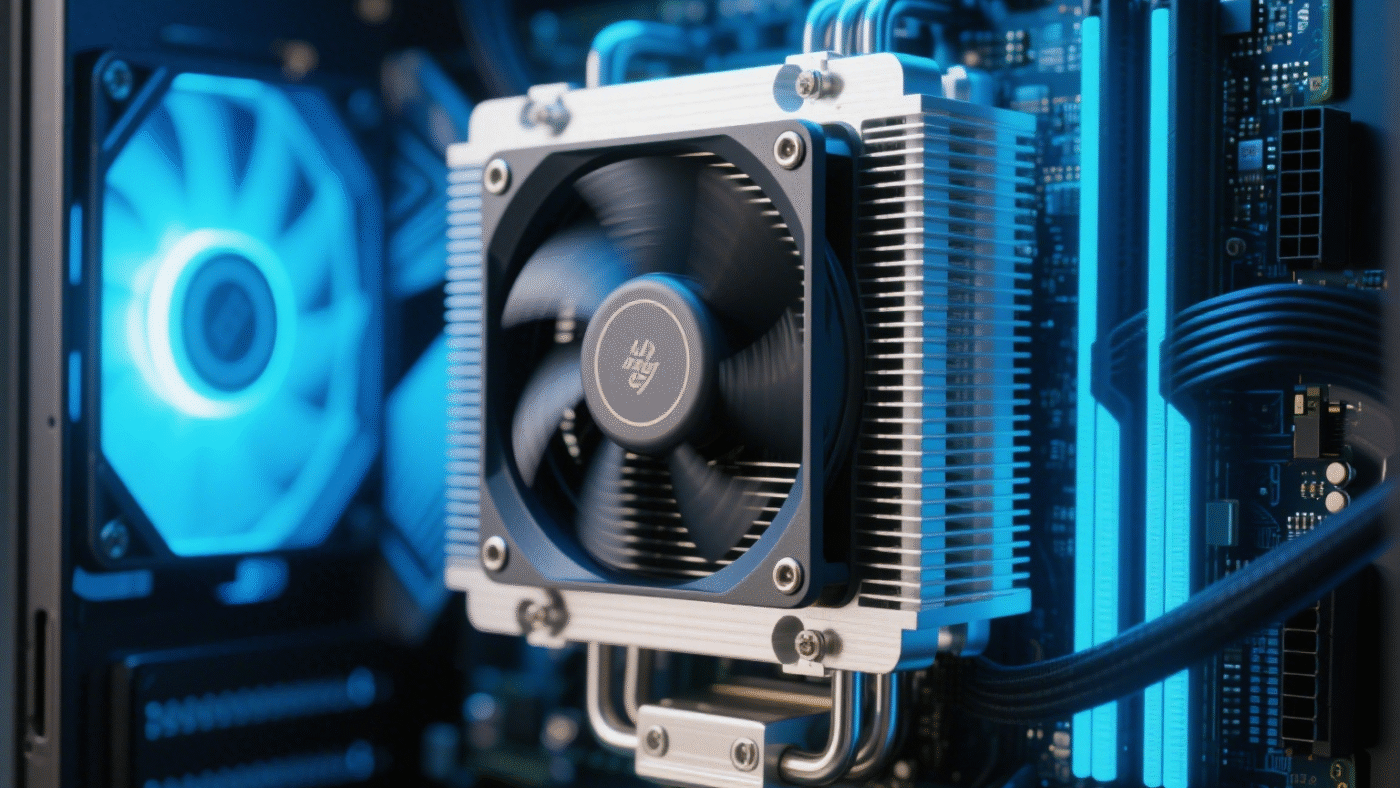Introduction
Driven by Moore’s Law, electronic devices are undergoing unprecedented performance leaps. Modern flagship smartphone SoCs now exceed 15W in power consumption, while single data center servers face thermal loads surpassing 30kW. Heat dissipation has become a critical bottleneck limiting device performance, longevity, and user experience. Traditional thermal materials struggle to address high heat flux challenges, while high-density aluminum alloy heat sinks are reshaping the thermal management landscape with their balanced advantages in thermal conductivity, lightweight design, and cost efficiency. This article explores their applications in consumer electronics, communication equipment, and automotive electronics, alongside cutting-edge technologies and future trends.
1. Core Performance Advantages of High-Density Aluminum Alloys
(1) The Golden Balance: Thermal Conductivity vs. Lightweight
High-density aluminum alloys (e.g., ADC12, A380) achieve thermal conductivity of 100–120 W/(m·K), approximately 1/4 that of pure copper. However, with a density of just 2.7 g/cm³ (1/3 of copper), they deliver superior heat dissipation efficiency per unit weight. Dell’s XPS 13, equipped with an aluminum alloy heat sink, reduced its weight to 1.2 kg while maintaining the 28W TDP processor’s full-load temperature at 82°C—a 40% weight reduction and 3°C temperature drop compared to copper-based designs.
(2) Precision Manufacturing Capabilities
The excellent die-casting fluidity of aluminum alloys enables ultra-thin 0.3mm fins and complex microchannel structures. Xiaomi’s 13 Pro utilizes a precision-cast aluminum alloy vapor chamber (VC) with a 3D capillary network within a 0.3mm thickness, reducing the Snapdragon 8 Gen 2 chip’s peak temperature by 12°C and improving thermal efficiency by 35%.
(3) Cost-Effectiveness
Aluminum material costs are 1/5 of copper, and die-casting efficiency is 3× higher. Industry data shows that adopting aluminum alloy heat sinks in laptops reduced per-unit costs from 12to5, saving the global laptop market over $300 million annually.
2. Deep Applications in Electronic Device Fields
(1) Consumer Electronics: Breaking Performance and Form Factor Limits
-
Smartphone Thermal Revolution: Samsung’s Galaxy S23 series employs aluminum alloy VCs and graphene composite cooling, reducing body temperature by 7°C and improving frame rate stability by 20% during 1-hour Genshin Impact sessions.
-
Gaming Laptop Upgrades: ASUS ROG Strix SCAR 17 uses 3D aluminum alloy fins with biomimetic leaf-vein designs, boosting 175W GPU cooling efficiency by 40% while keeping noise below 45dB.
-
Display Thermal Optimization: Sony’s X95K Mini LED TV integrates an aluminum alloy backplate and VC technology, stabilizing backlight module temperatures at 45°C under 2000nits brightness, extending lifespan to 100,000 hours.
(2) Communication Equipment: Thermal Backbone of the 5G Era
With 5G base station AAUs consuming 300W, traditional cooling solutions falter. Huawei’s next-gen base stations adopt aluminum alloy die-cast chassis with microchannel liquid cooling, improving thermal capacity by 35%, reducing weight by 25kg, and cutting annual maintenance costs per station by 18%.
(3) Automotive Electronics: Thermal Control in the Smart EV Age
-
E-Powertrain Thermal Management: BYD’s e-Platform 3.0 uses liquid-cooled aluminum alloy modules to keep IGBT temperatures below 65°C, doubling component lifespan and boosting powertrain efficiency by 3%.
-
Autonomous Computing: Tesla’s HW4.0 chip employs aluminum alloy-phase change material composites, maintaining ±2°C temperature stability under 5× higher computing loads for reliable operation in extreme conditions.
3. Cutting-Edge Technologies and Trends
(1) Nano-Composite Material Breakthroughs
Aluminum-graphene composites now achieve 200 W/(m·K) thermal conductivity. Oak Ridge National Lab’s carbon nanotube-reinforced aluminum alloys improve strength by 50%, targeting next-gen server cooling.
(2) 3D-Printed Customized Structures
Selective laser melting (SLM) enables biomimetic vascular microchannels, improving heat exchange efficiency by 3–5×. Lenovo’s latest server modules use 3D-printed aluminum alloy heat sinks, increasing surface area by 60% while reducing weight by 25%.
(3) Intelligent Thermal Management
Aluminum alloy heat sinks integrated with MEMS temperature sensors and adaptive fans dynamically adjust cooling strategies. Apple’s MacBook Pro leverages intelligent algorithms and aluminum cooling modules to boost CPU performance by 15%.
4. Challenges and Solutions
(1) Ultra-High Heat Flux Scenarios
For chips exceeding 200W/cm², aluminum-copper hybrid substrates are critical. TSMC’s 3nm chips use aluminum alloy frames with copper pillars, achieving 20% higher thermal efficiency.
(2) Long-Term Reliability
Advanced surface treatments like anodization + ceramic coatings extend aluminum alloy heat sink lifespan to 10 years in corrosive environments.
(3) Sustainable Manufacturing
With 95% recyclability and low-carbon smelting (e.g., hydrogen-powered aluminum), aluminum alloys align with the EU Circular Economy Action Plan, supporting industry decarbonization.
Conclusion
High-density aluminum alloy heat sinks have emerged as a core solution for thermal management in electronic devices, validated across consumer, industrial, and automotive applications. By enhancing performance, reducing energy use, and extending device lifespans, they are poised to drive a $15 billion global market by 2028 (12.5% CAGR). With innovations in nanomaterials, 3D printing, and smart systems, aluminum alloy heat sinks will continue pushing electronic devices toward higher performance, lighter designs, and greener futures.

